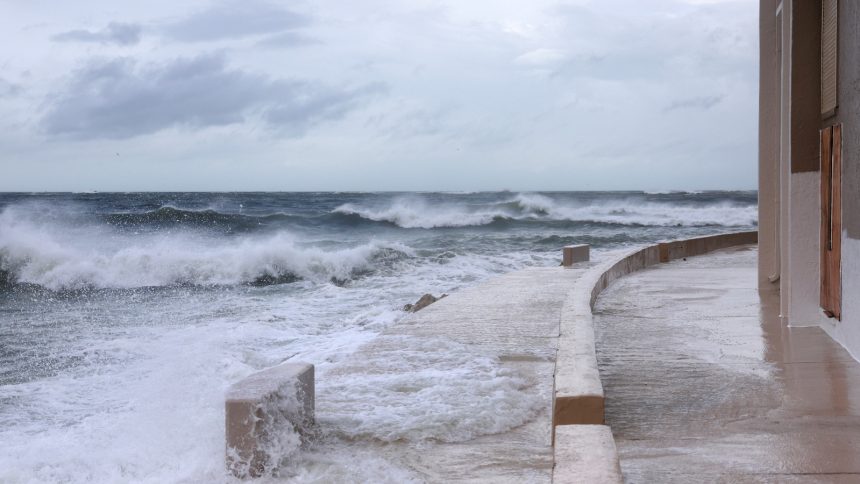For the third time in just over a year, a hurricane is barreling through the Gulf of Mexico towards the northwest coast of Florida, posing a significant threat to a region still reeling from recent extreme weather events. Hurricane Helene, following last year’s Hurricane Idalia and last month’s Hurricane Debby, is no ordinary storm. With the potential for rapid intensification, fueled by the warm waters of the Gulf, Helene is forecasted to make landfall as a Category 3 or 4 storm within days of its formation in the Caribbean.
Characterized by exceptional size, Hurricane Helene is expected to bring historic storm surge and dangerous winds across a vast area, reaching as far inland as Tennessee. Residents, like real estate broker Hope Webb in Florida’s Big Bend region, are bracing themselves for impact as the storm approaches. Factors such as warm ocean waters, low wind shear, and high humidity have contributed to Helene’s rapid intensification, a phenomenon exacerbated by climate change.
As hurricanes become more intense and dangerous, coastal communities face heightened risks. The combination of powerful winds, heavy rainfall, and storm surge poses a significant threat to regions like Florida’s west coast, particularly vulnerable due to its shallow waters and low-lying topography. The potential for record-breaking surge figures and catastrophic conditions has prompted widespread evacuations and preparations by residents and authorities along the Gulf Coast.
Hurricane Helene’s impact is expected to extend far beyond the immediate coastal areas, with flooding and wind warnings issued for states as far north as Tennessee. The storm’s immense size and speed mean that even inland regions are at risk of severe weather conditions.
By highlighting the vulnerabilities and risks associated with coastal and inland development, hurricanes like Helene underscore the urgent need for climate adaptation and mitigation measures. As climate change continues to fuel the intensity of storms, communities must prioritize resilience and preparedness to minimize the impact of future extreme weather events.






